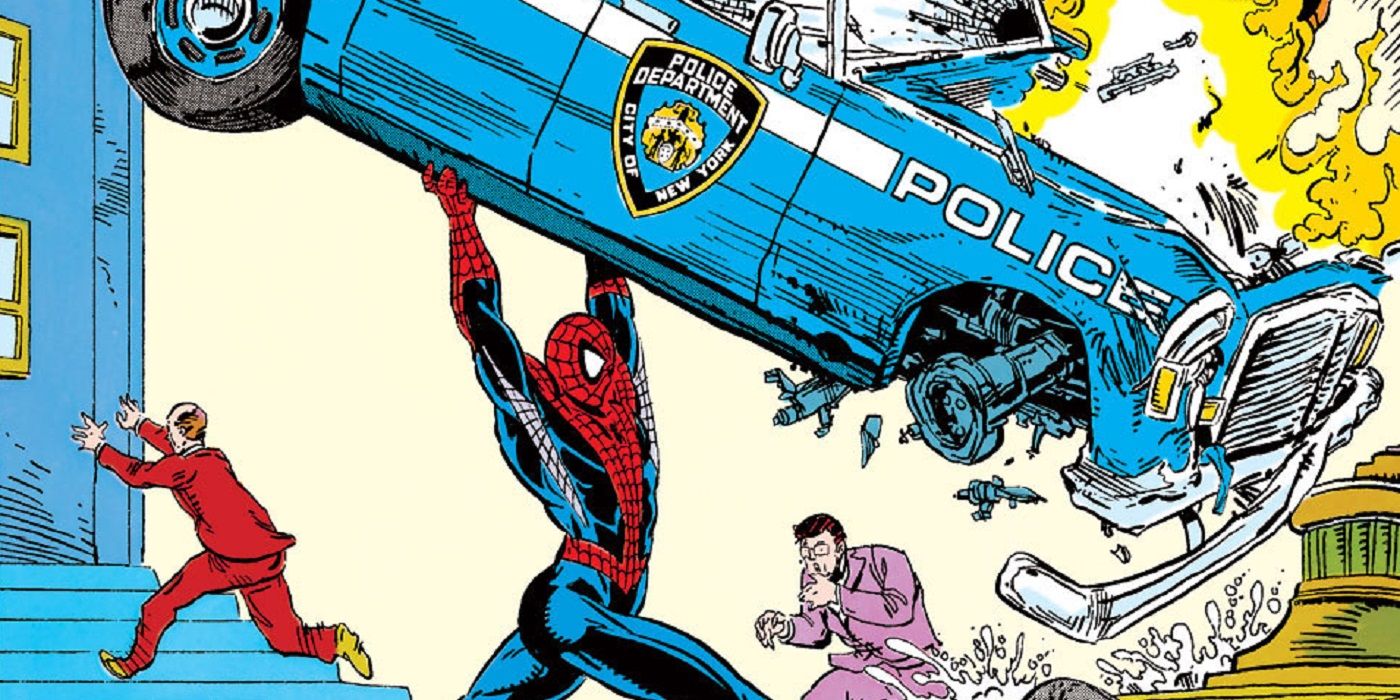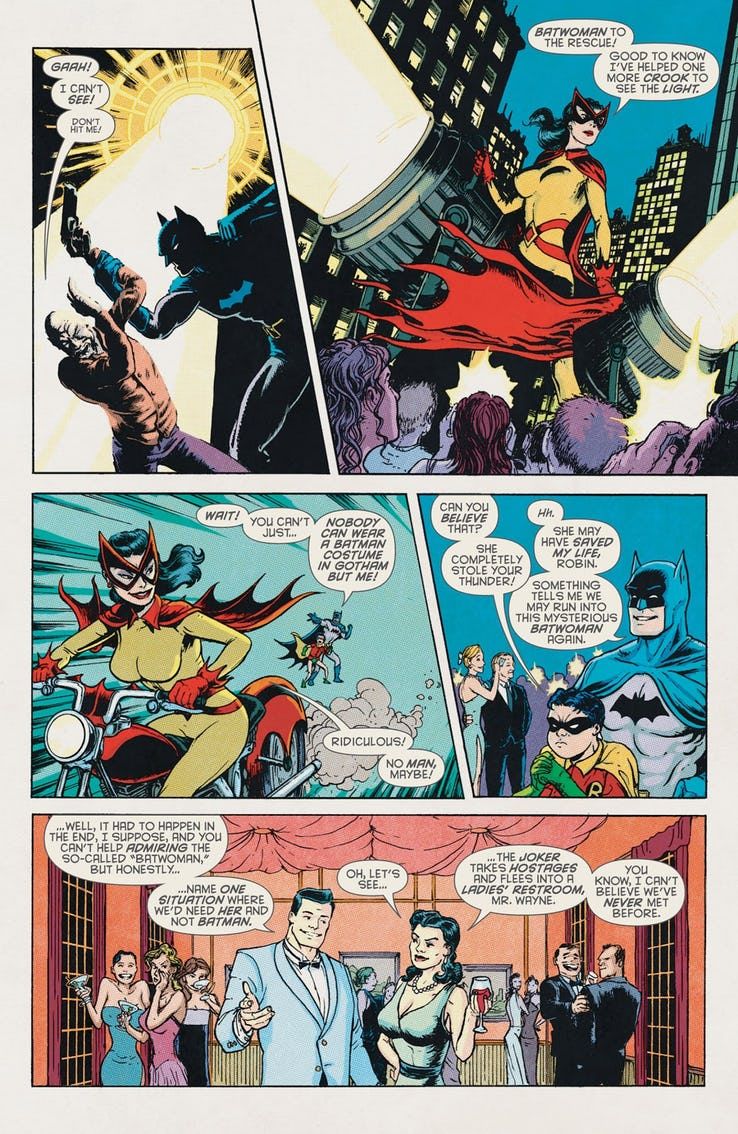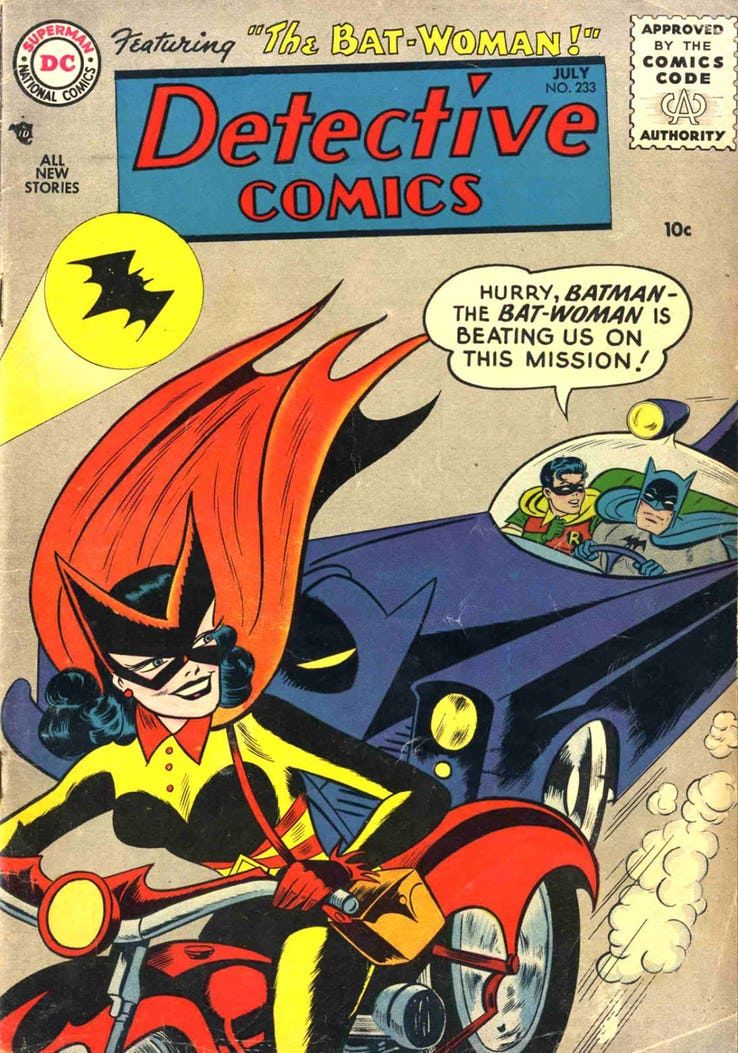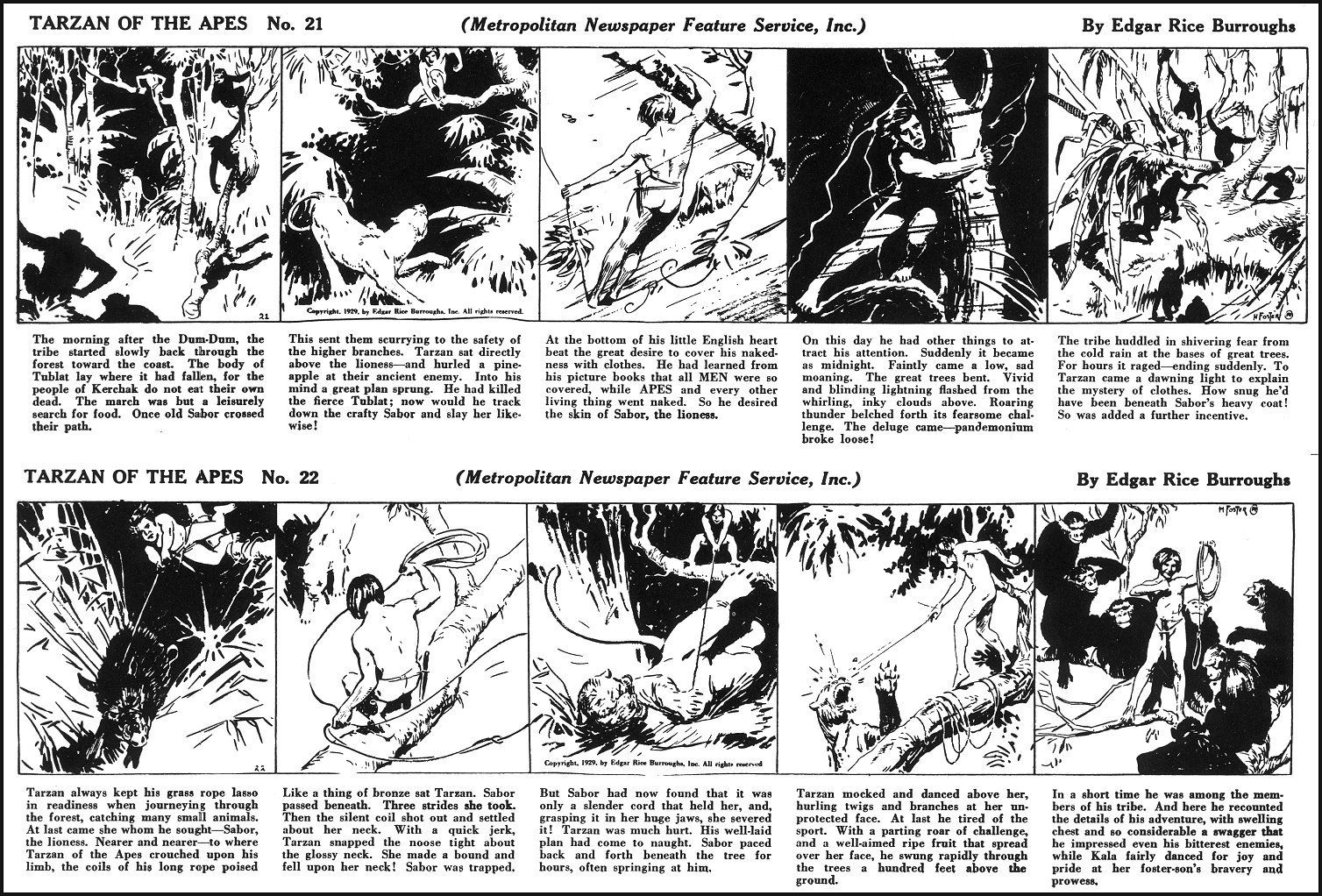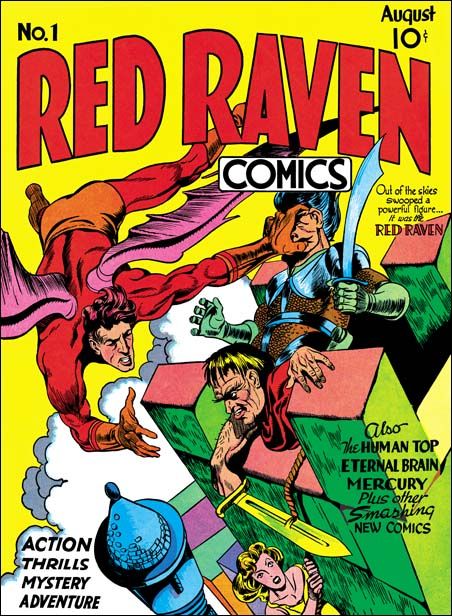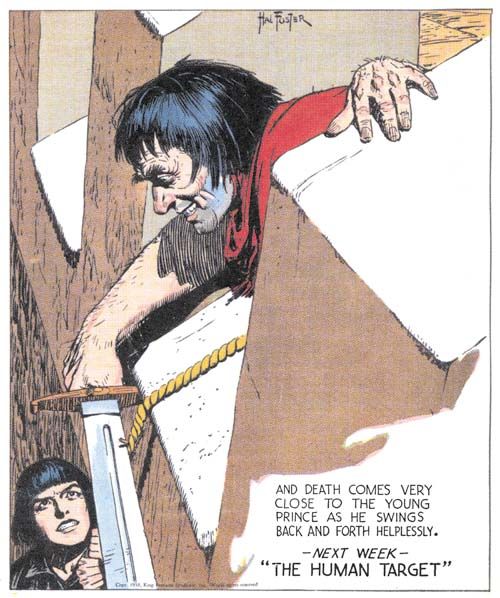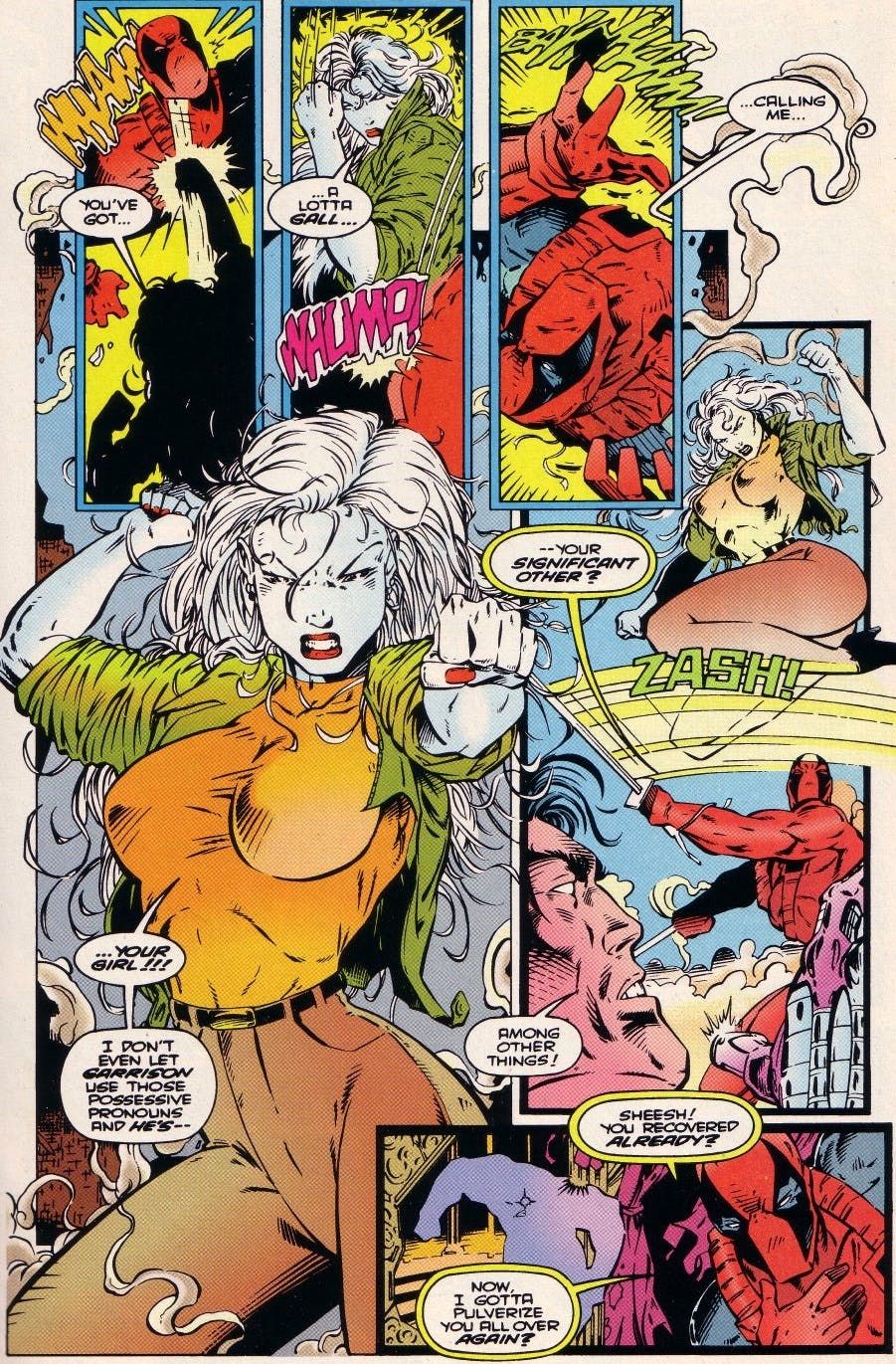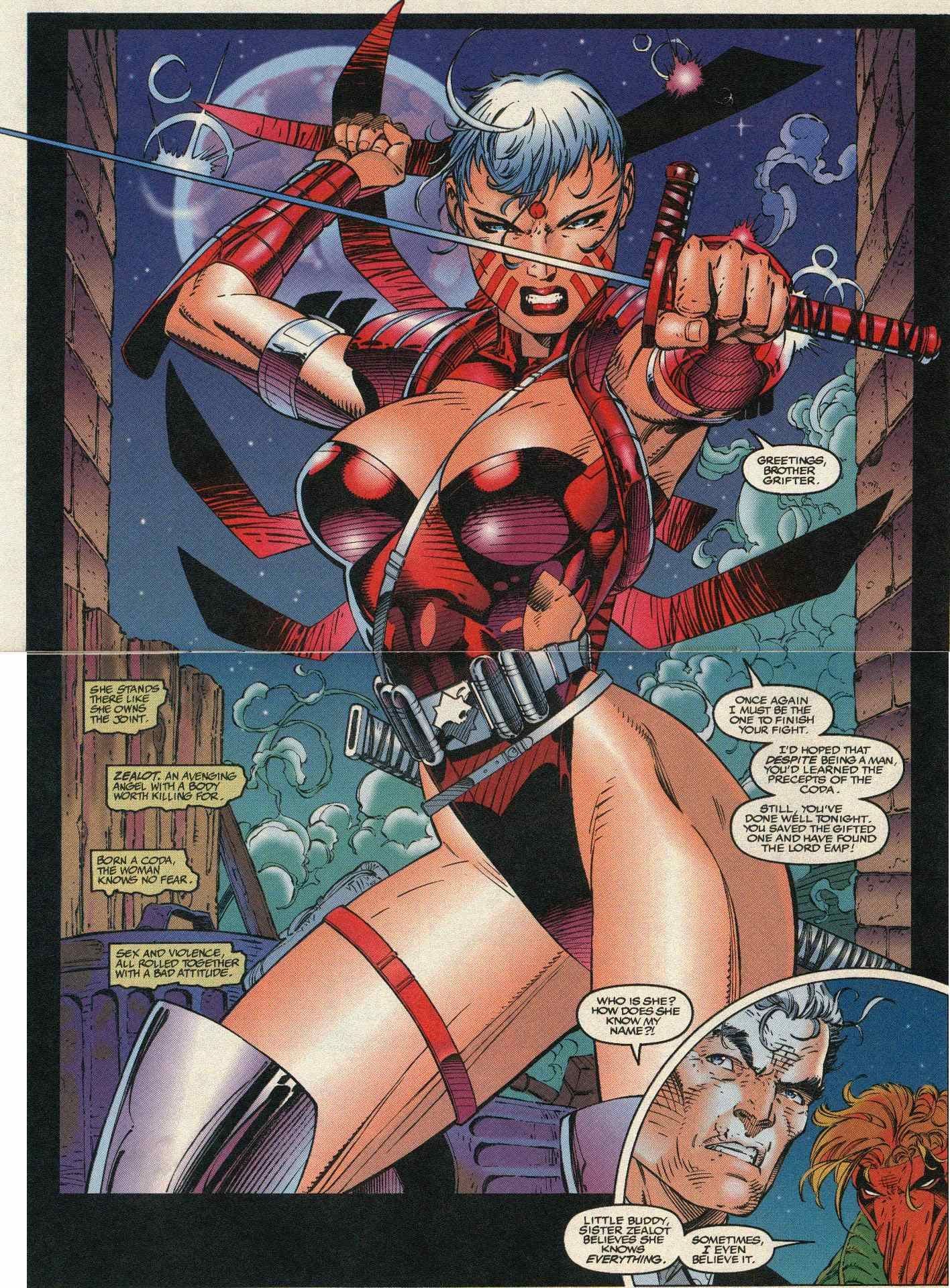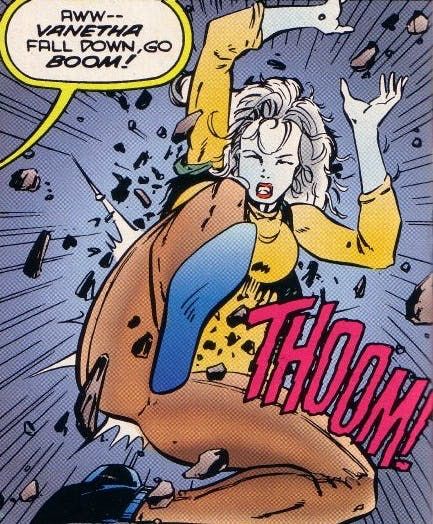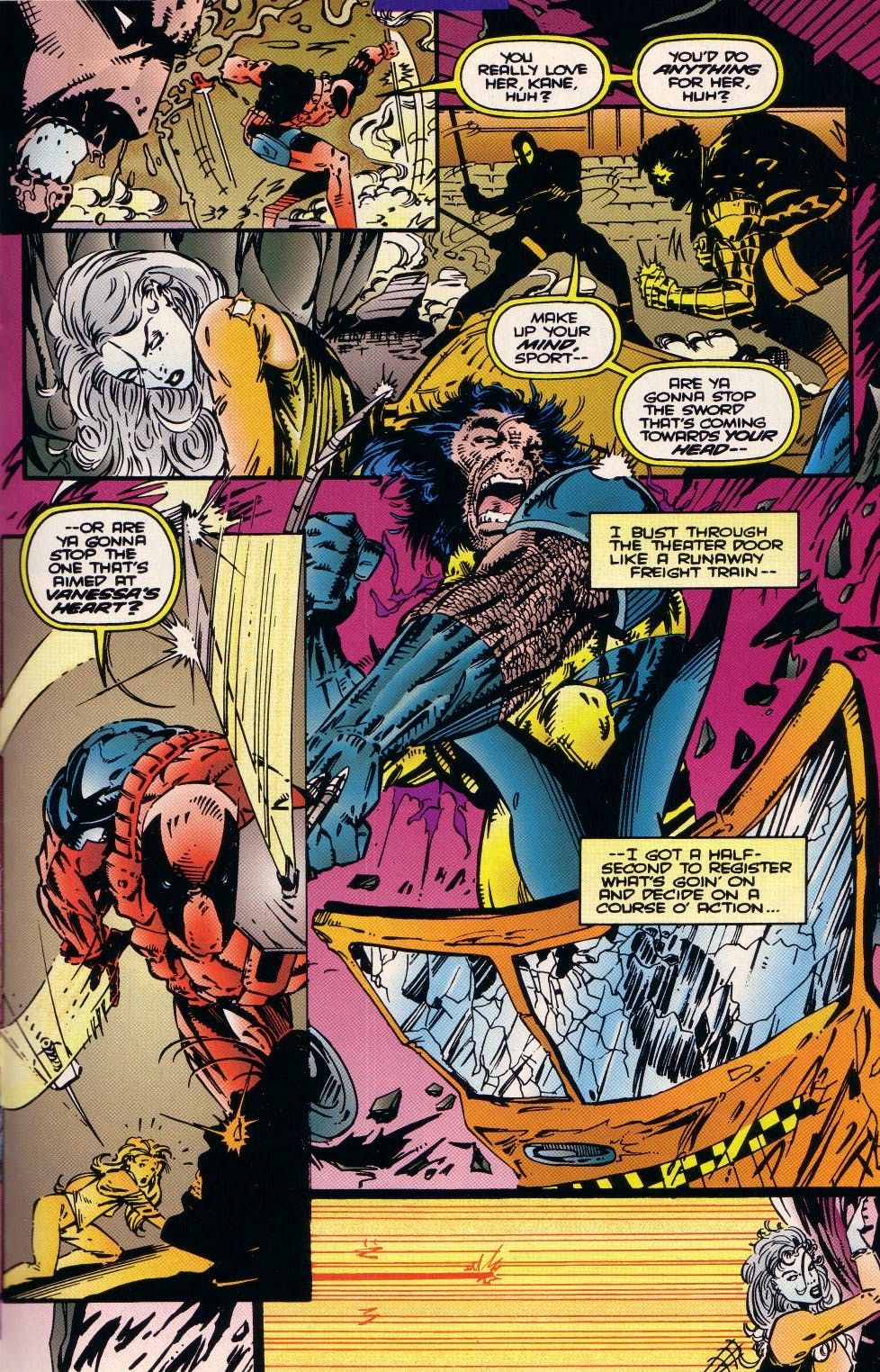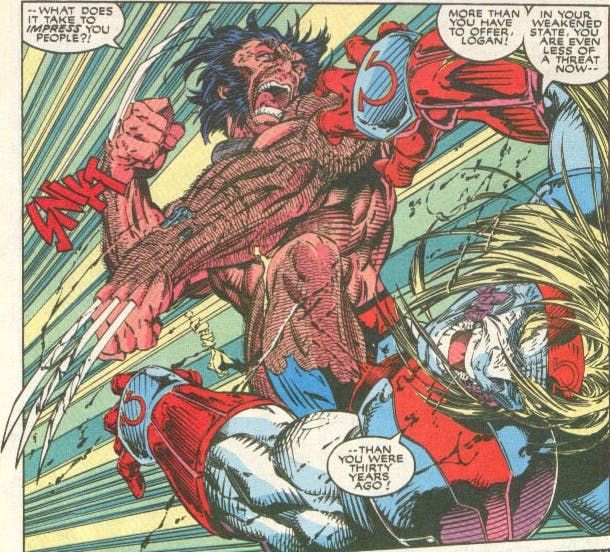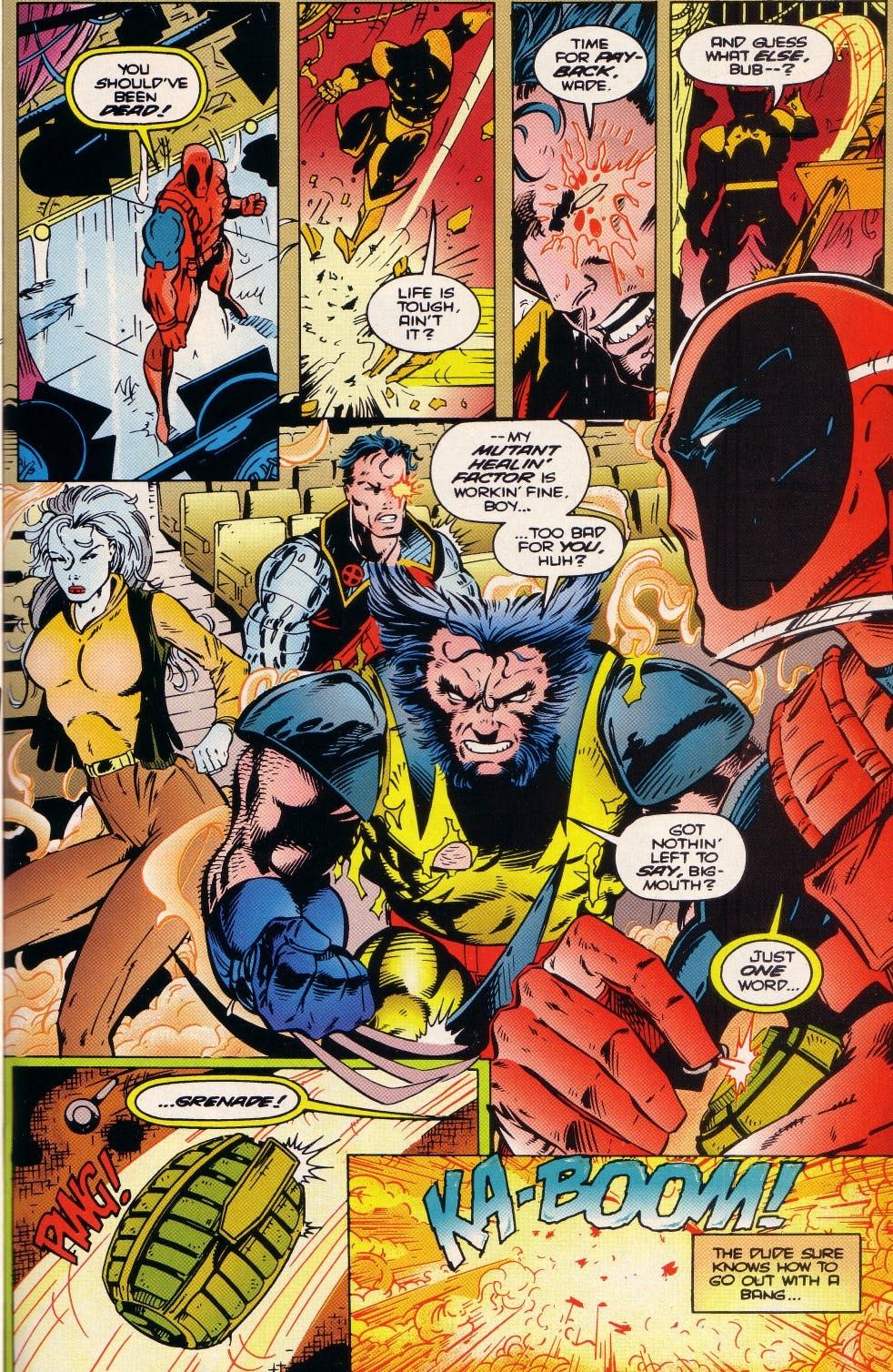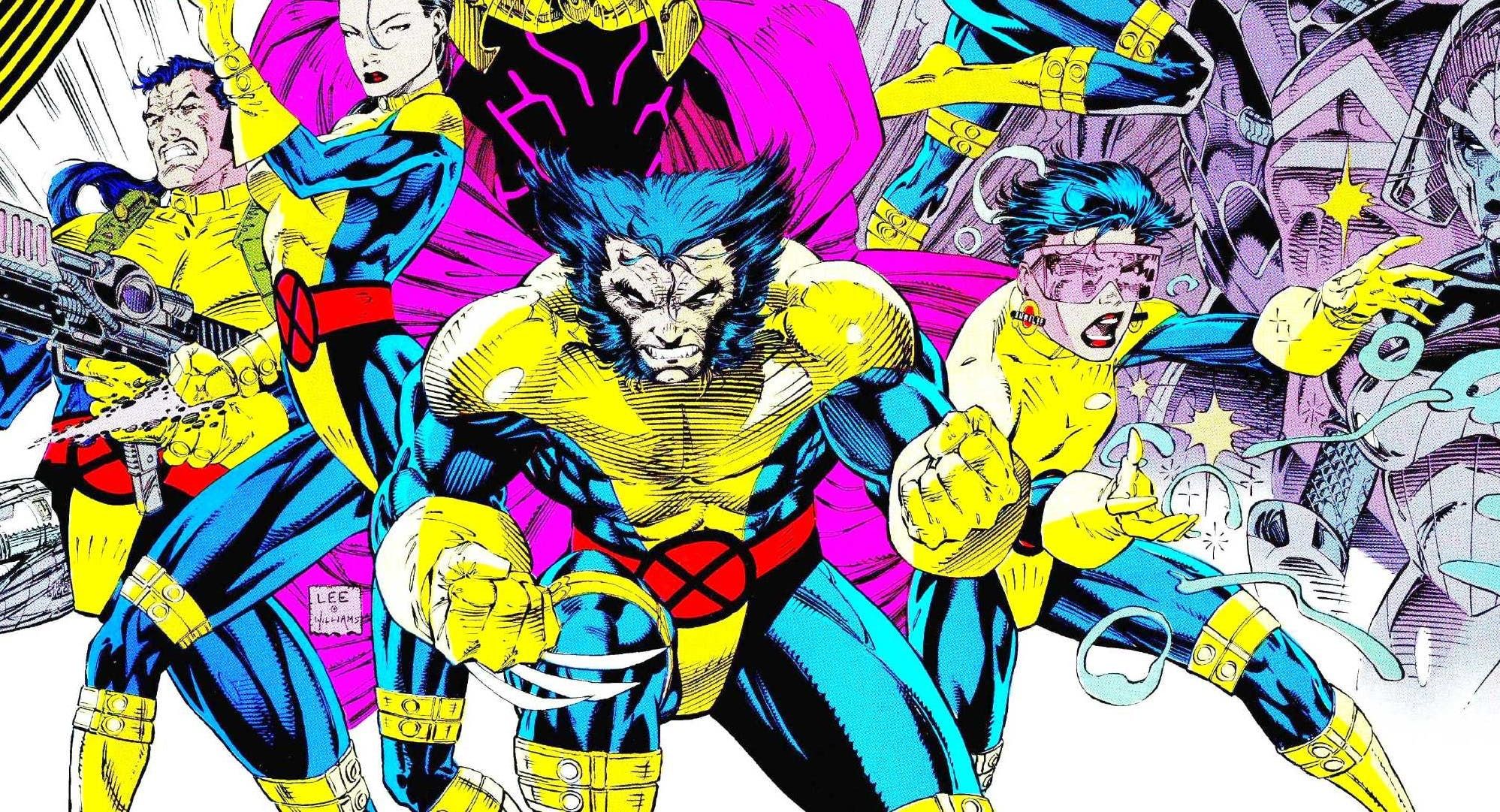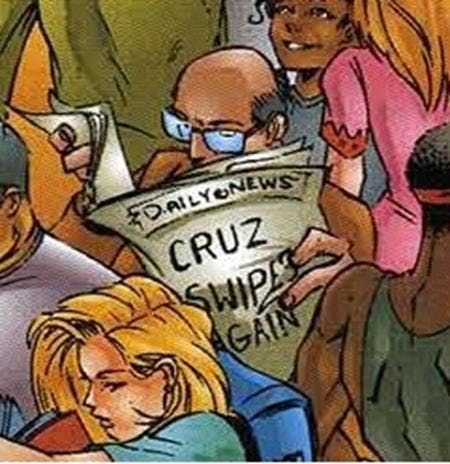Comic Book Questions Answered – where I answer whatever questions you folks might have about comic books (feel free to e-mail questions to me at brianc@cbr.com).
Reader Thomas C. wrote in to ask about my regular feature where I see whether any given week will have a comic book cover in it that pays homage to some earlier piece of work, like a comic book cover or a movie poster or a famous work of art (the Great Comic Book Cover Homage Streak has not been snapped since it started in September...of 2012!) Essentially, Thomas wanted to know why comic book artists doing homages are considered cool but comic book artists who do "swipes" are looked down upon. Since both involve copying the work of earlier artists, what is the difference?
I'll admit, Thomas, that it is a bit of a tricky question. The issue really turns on intent, but you can easily make a strong argument that that is not a fair way to judge artists who "swipe" and that, in reality, it ALL is a case of homages to earlier works.
As to intent, what I mean is that the big difference is how the copied artwork is meant to be viewed by the reader.
For instance, when Todd McFarlane drew the cover to Amazing Spider-Man #306...
he clearly intended for the reader to look at the cover and say, "Oh, hey, it's just like the cover to Action Comics #1!"
Thus, the idea of the cover is to convey the connection to the original cover. The same goes for most famous pastiche stories. When you draw a comic book story in the style of a famous older artist, it is typically pretty clear that you WANT the reader to get that you are trying to draw like that older artist.
Chris Burnham, here, is obviously TRYING to get us to connect his Batwoman in this page...
to Sheldon Moldoff's original Batwoman...
Swipes, on the other hand, are designed to make it look like the work is the work of the later artist. It does not draw attention to itself. It is "simply" one artist taking a piece of art from an earlier artist and re-purposing it as if it were their own work.
The big thing to remember about swiping, though, is that EVERYONE swiped at one point in their career. In the early days of comic books, nearly every artist working in the business was a fan of two artists in particular.
There was Hal Foster on Tarzan and Prince Valiant...
and there was Alex Raymond on Flash Gordon...
hey were the two most famous comic strip adventure artists and they were two of the most famous comic artists in the world during the first half of the 20th Century (Milton Caniff soon passed Raymond in popularity and influence). Thus, in the early days of comic books in the late 1930s and early 1940s, EVERYONE was swiping from Foster and Raymond.
Here is a young Jack Kirby swiping from Foster on a Red Raven cover...
Simply put, this is how comic book artists LEARNED how to draw. You saw what worked for other artists and you did it yourself. Of course, there was also the matter of deadlines. This is what inspired the famous Wallace Wood quote, “Never draw what you can copy. Never copy what you can trace. And never trace what you can cut out and paste down."
People's treatment of swiping tends to turn more on how far the artists are in their careers. If they are just starting out, it is a lot more forgiven.
Page 2: [valnet-url-page page=2 paginated=0 text='When do people give 'swiping' more of a hard time']
Usually, when you are further along in your career and you're still swiping another artist's panels, that is a bit frowned upon. However, even there, if a comic book editor is saying "Give me something like Jim Lee," then why is it a knock of Fabio Laguna when, in mid-1990s issue of Wolverine, he gave them Jim Lee all right...
That was always Rich Buckler's reasoning when he became the artist on Fantastic Four and swiped lots of old Jack Kirby panels. If they're looking for a Jack Kirby look, well, Buckler sure was giving them that, right?
In general, though, the "line" for when swipes annoy people is a nebulous thing and everyone decides on their own. If you're trying to draw like your favorite artists in your comic, then isn't that in and of itself an homage to the original artist? Frank Frazetta adored Hal Foster and in Frazetta's early jungle comics, he swiped Foster's panels like crazy. Again, though, Frazetta idolized Foster. So isn't that an homage in its own fashion? Imitation really IS considered a form of flattery, no?
Well, at least we know what Joe Madureira thinks, when Roger Cruz "swiped" enough of his art in the mid-1990s that Madureira worked in a response to Cruz in an issue of Uncanny X-Men...
But anyhow, simply put, Thomas, the issue is generally whether the copied original artwork is either acknowledged or made blatantly obvious (like an artist either saying "after Artist X" or choosing a piece of work so famous that "after Artist X" is so obvious that it would be pointless). If it is, then it is typically considered an homage and if it isn't, it is a swipe.
Thanks for the question, Thomas! If anyone else has a question, drop me a line at brianc@cbr.com!

